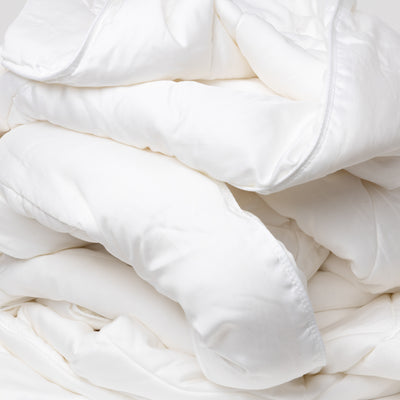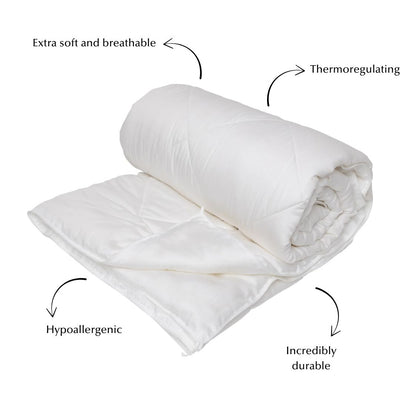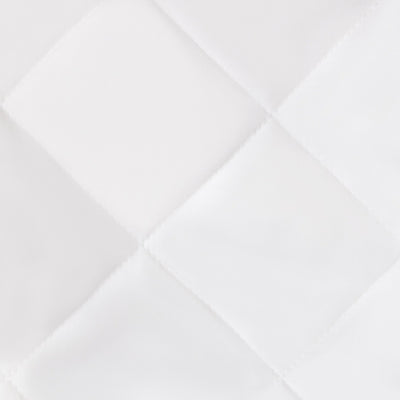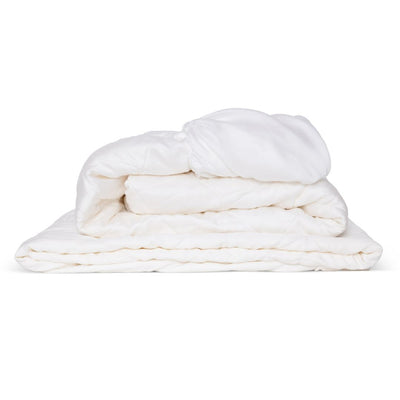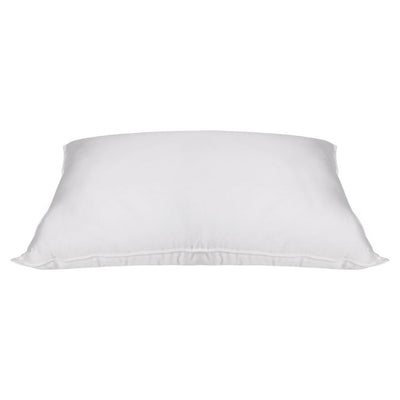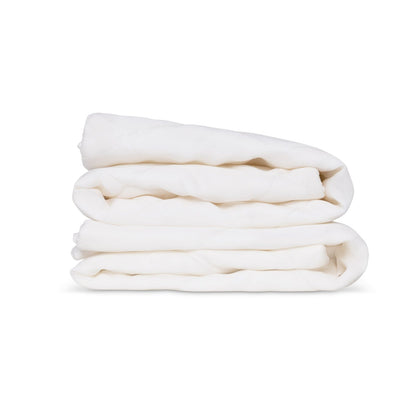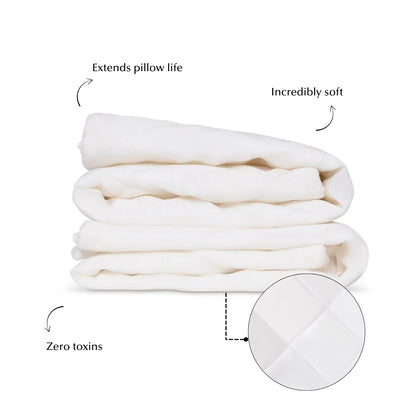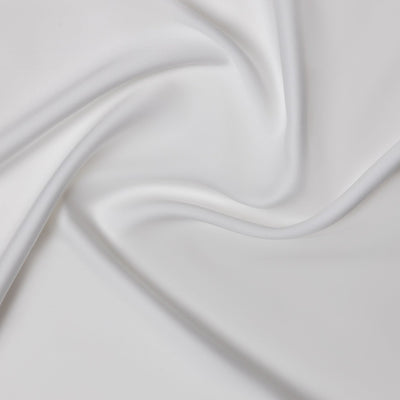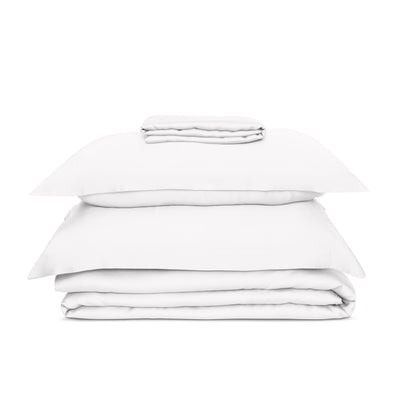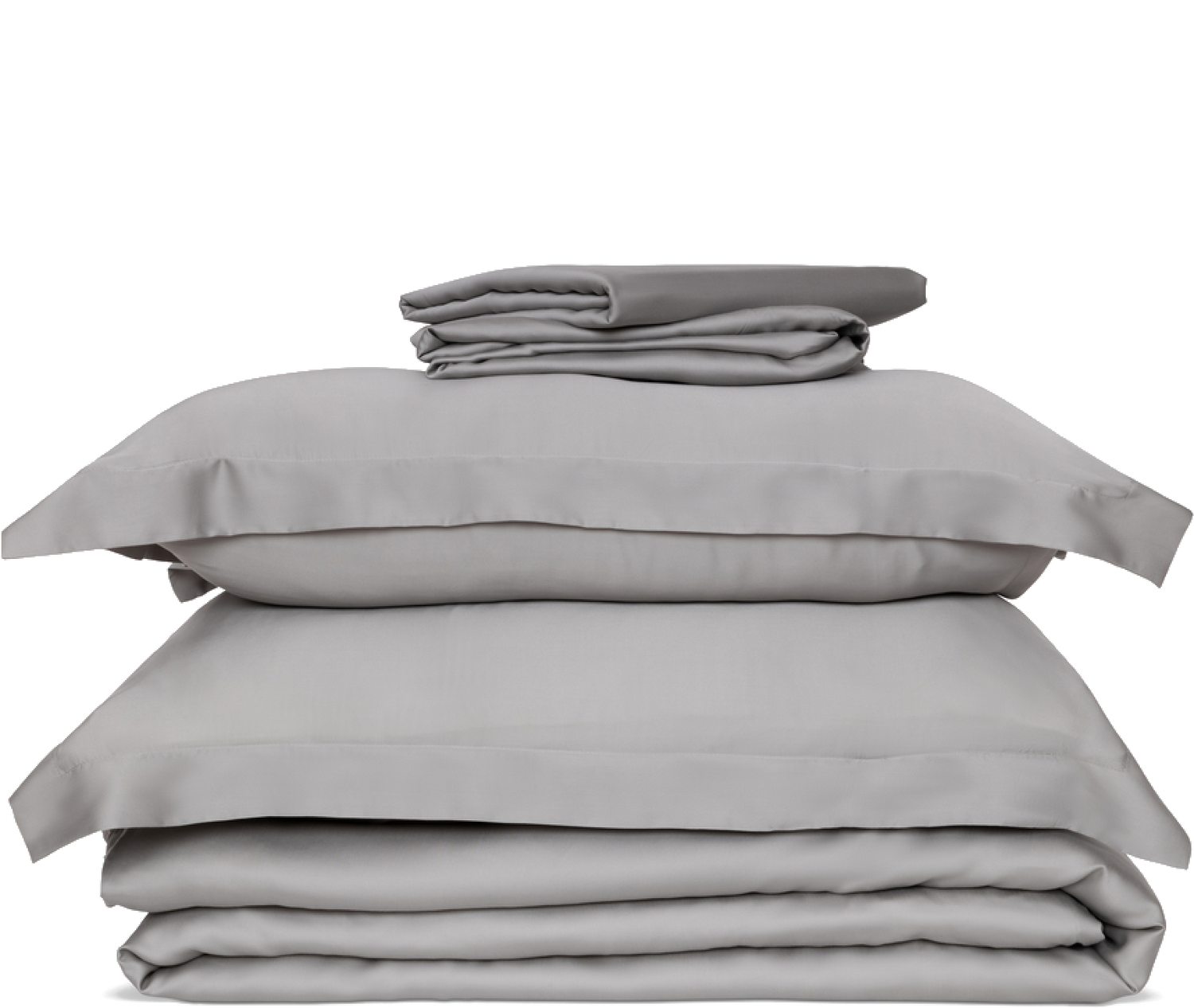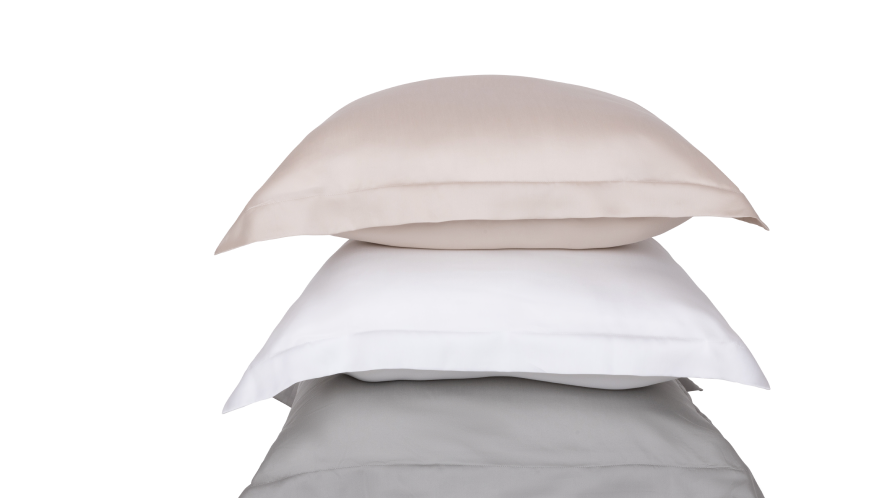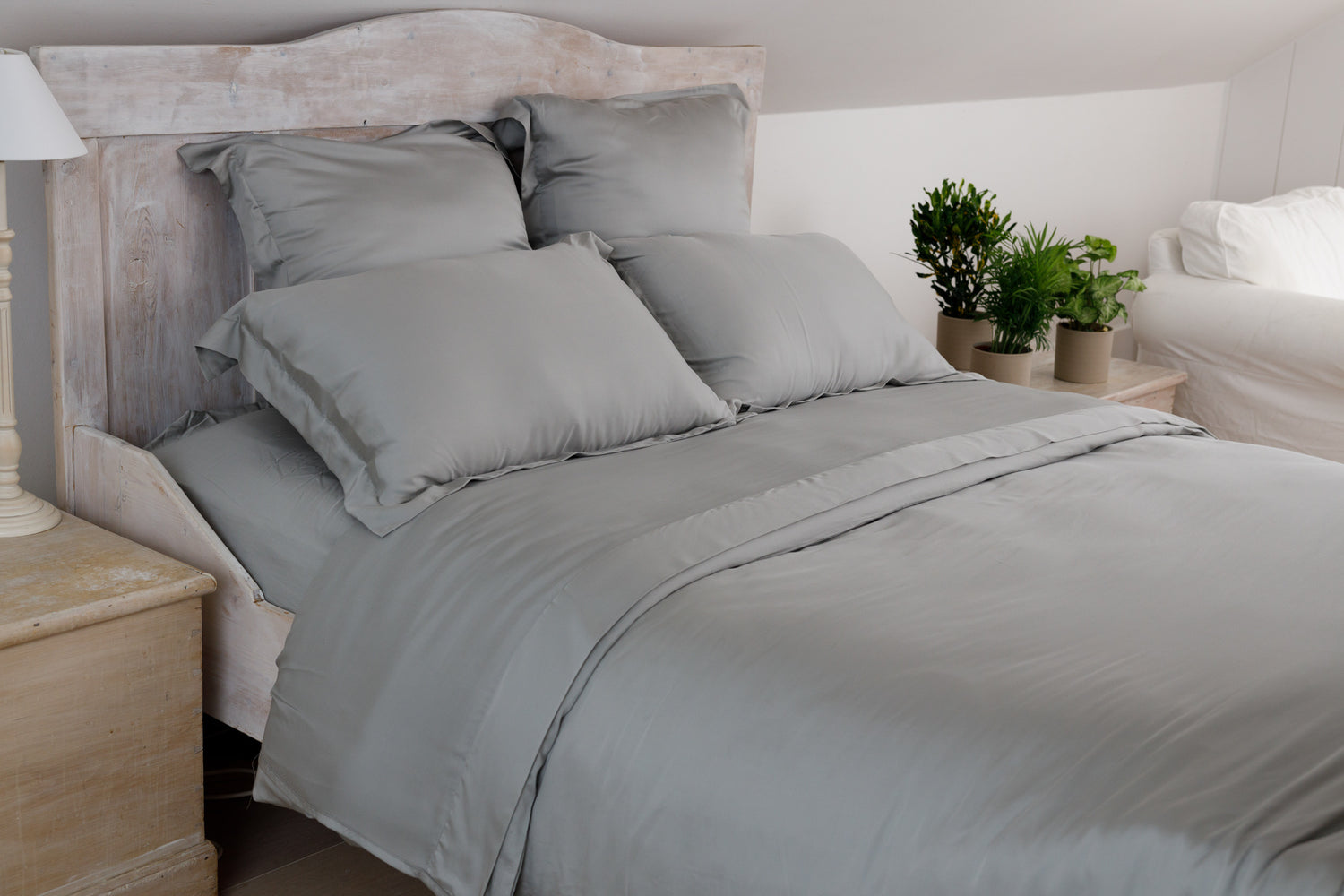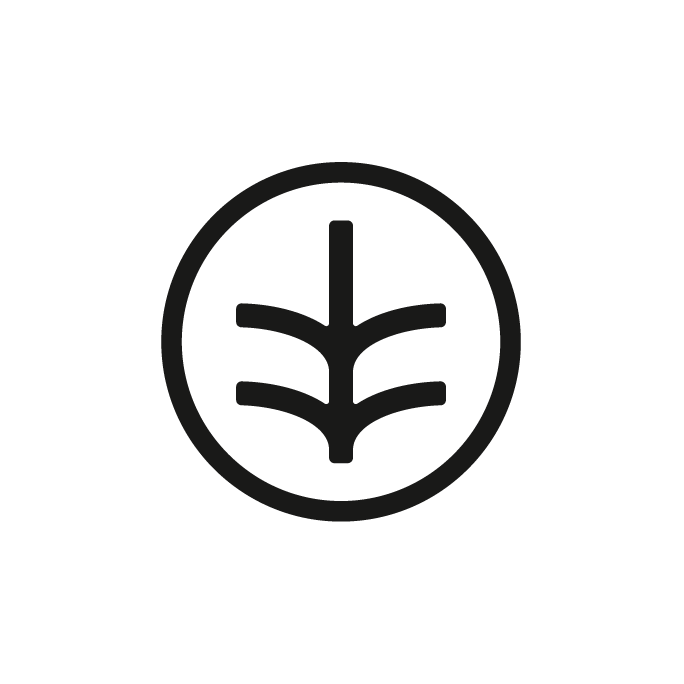Silk is a natural fiber known for its luxe feel, shine, strength, and durability. With a long history of use and one of the earliest fabrics enjoyed by ancient civilizations, silk has come a long way.
A Brief History Of Silk

Around 3,000 BCE, the Emperor’s concubine, Lei Zu, was sipping tea in a wild mulberry bush, and some silkworm cocoons fell into her cup. When she fished out the cocoons, they stretched impossibly long yet stayed silky and soft when wrapped around the finger.
Enchanted, she persuaded the Emperor to give her a grove of mulberry trees, domesticating the worms that made the cocoons. She invented the very first silk loom, allowing the earliest documented use of silk.
In the earliest days, only the wealthy and noble-born had the privilege of enjoying the luxe fabric that feels soft but is incredibly strong. However, as the Chinese civilization became more prosperous, commoners started to wear silk, and the silk trade was born.
The Chinese were the first civilizations to practice sericulture, the process of raising caterpillars of the domesticated silkworm, or Bombyx mori.
For centuries, the secrets of silk production were highly prized and guarded carefully. The Chinese had a monopoly on the silk trade for years, shipping their products throughout Western Europe on the Silk Road.
The Silk Road was a pre-industrial network of ancient trade routes linking China to Western Europe. From the West came horses, saddles, fruits, glassware, and weapons, while from the East came silk, tea, dyes, spices, and precious stones.
The Silk Road offered a vast array of opportunities to swap ideas and cultural practices. Buddhism came to China from India and traveled on to Korea and Japan.
Early explorers like Marco Polo frequently used the Silk Road in their travels, and Christian missionaries came from the West, bringing Christianity to Asia.
Trade using the Silk Road network flourished until the Ottoman Empire abolished trade with the West and closed the routes.
For centuries, the Chinese maintained an iron-fisted monopoly on the silk trade until eventually, the knowledge spread to Korea and India during the first AD centuries. By then, India, Thailand, and other Asian nations developed their own sericulture processes.
The sericulture process remains essentially unchanged throughout the years. Silkworm larvae are fed mulberry leaves and left to spin their cocoons. After two or three days, the cocoons are dropped into boiling water or steamed, killing the pupae. The silk filament is then extracted from the cocoon and woven into a fabric.
It takes about 2,500 silkworms to spin a pound of raw silk. Each cocoon contains an astonishing mile of silk filament, and one thread of silk is made up of multiple filaments. Silk strands that are too thin for weaving are twisted together to form a thicker yarn in a process called throwing.
Ways to produce strong and more elastic silk are being developed with the introduction of spider silk genes. Spider silk is known for its incredible strength and elasticity but cannot be produced by mass farming.
Today, silk remains one of the most popular fabrics prized for its smooth, luxurious feel, thus the terms “soft as silk” and “silky smooth”.
The silk industry is currently valued at US$21.45 billion, with China still the leading producer and India a distant second. Other top producers include Uzbekistan, Thailand, Brazil, and Vietnam.
Why Silk?
When woven into bed sheets, scarves, pajamas, and pillowcases, silk can help regulate temperature, prevent wrinkles from aging, relieve some skin conditions and contribute to better hair.
Temperature Regulation
The temperature regulating properties make silk bed sheets an excellent choice for warmer climates. In addition, silk sheets might ease the discomfort of hot flushes in menopausal symptoms for women.
Silk is ideal for vast, changing climates, regulating and controlling moisture and heat.
Suitable For Sensitive Skin And Allergies
The antimicrobial properties of silk can also help ease symptoms of eczema and other skin conditions, ideal for people with sensitive skin. Silk is known for its hypoallergenic properties, and its dense structure prevents the accumulation of dust mites and other allergens.
In addition to eczema, the hypoallergenic and antimicrobial qualities can help people with allergies or asthma. The majority of allergens around the house are found in the bedroom, with most triggers packed into the mattress and bedding.
Silkworms spin their cocoons into shields that repel dust mites and other irritants. Dust mites are the leading cause of allergies in the bedroom. These microscopic bugs live in the bedding, mattress, rugs, and pillows, feeding off our dead skin and causing most allergies.
Healthy Skin and Hair
The long, smooth fibers make silk a natural anti-aging product with amino acids found to help reduce the appearance of wrinkles. Dermatologists have found that skin contact with silk can visibly slow down signs of aging and wrinkles.
Sleeping on silk pillowcases or wrapped the hair in a silk scarf has also been shown to reduce tangles, moisturize the hair, and protect strands from breakage. Hair in constant contact with rougher materials like cotton has been shown to tangle and split.
In addition, albumen is a chemical found naturally in silk, speeding up the skin’s metabolism and helping replace dead skin cells at a faster rate. Long-term use of silk has been proven to improve the skin’s health significantly. 
The breathable properties of silk also allow moisture regulation and keep the skin hydrated through the night. In comparison, cotton and polyester are absorbent materials that remove moisture from the skin, leading to more wrinkles.
Recyclable and Biodegradable
The fashion industry is a significant contributor to greenhouse gas emissions. Decomposition of synthetic clothing in landfills releases methane, a harmful greenhouse gas and significant contributor to global warming.
Being a natural product, unwanted silk that ends up in landfills will naturally break down, taking one to five years to decompose. In comparison, polyester can take up to 200 years.
Common Uses
The soft, luxurious feel of silk makes it a popular textile choice for a multitude of uses. Some common uses of silk include:
Bridal and formal wear - The beautiful drape makes silk a popular choice for dressy, lustrous gowns.
Bedding - Silk bed sheets are the epitome of luxury. The soft feel and temperature regulating properties of silk make it an ideal choice for sheets and pillowcases.
Parachutes - Although nylon is more commonly used today, silk was initially used for its strength and elasticity.
Ties and scarves - Many high-end ties and scarves use silk for the feel, rich colors, and durability.
Upholstery - Thanks to its durability, silk makes ideal coverings for furniture, cushions, and pillows.
Surgical sutures - Since it is a natural material, silk cannot be absorbed by the body or create an autoimmune response.
Wall hangings - Decorative drapes woven with silk react beautifully with lighting and colours.
Care of Silk
With adequate care, silk can retain its quality and luxurious feel for several years.
Silk bed sheets should be washed approximately every two weeks. Although the sheets are breathable and will repel bugs, they still can absorb microscopic critters.
Hand washing silk with a gentle detergent is preferable, but it can also be machine washed. If you have stubborn stains, pour diluted white vinegar over the stain and let it sit for half an hour before sticking them into the machine.
When washing silk:
- Use only cold water on a delicate cycle
- Place all silks in mesh laundry bags, preferably in a silk-only load
- Use a gentle detergent. Silk is a natural fibre and can harden in chemicals too acidic or alkaline.
- Air dry all silks, never tumble dry.
- Hang in the shade, avoiding direct sunlight or contact with wood or dyed material that can damage the fibres.
- Store silks in breathable bags and in a cool place away from direct sunlight or intense heat.
Types Of Silk
Not all silks are created equal! The “momme”, pronounced “moh-mee”, is a Japanese unit of measurement that measures the weight of silk in pounds. A higher momme number indicates higher quality silk.
Heavier silk is denser with a thicker weave, much like the thread count of conventional cotton sheets.
Silk 17 momme and below is considered lightweight and commonly used for delicate items like scarves and underwear, while the ideal momme for bed sheets is 19 to 25.
In addition, there are several types of natural and artificial silks. The four natural types of silk are Mulberry, Eri, Tussar, and Muga.
Mulberry Silk
About 90% of all silk produced is mulberry silk and is often considered the highest quality.
Mulberry silk is made from cocoons of the larvae of silkworms that are fed nothing but mulberry leaves. This same process was how silk came to be in the first place, where Lei Zu, nicknamed the “Goddess of Silk”, was sitting under a mulberry tree and discovered the fibers from dropped cocoons.
Today, silkworms called bombyx mori or bombyx indica are kept on farms and carefully monitored, keeping the temperature between 20 to 28 degrees Celcius.
They are fed mulberry leaves and take about three weeks to spin a cocoon. Once spun, the cocoons are dipped in boiling water, unfortunately killing the pupae within.
Each cocoon is brushed off and the filament extracted. The filament from a single cocoon can be up to one and a half kilometres long!
Mulberry silk fibres are incredibly durable, stronger than steel fibres of the same diameter. The long, individual fibres are pure white and odourless.
Other types of natural and synthetic silk are:
Eri - Coming from a different caterpillar species in India, it is known as the “peace silk”. Silkworms do not have to be killed to extract the silk. Eri silk is also known as “ahimsa” silk.
Tussar - This fabric is cooler than other varieties of silk. The presence of pores has made them more breathable, offering more comfort in hot climates. These silkworms live in wild forests in South Asia, hence, Tussar silk is known as the “wild silk”.
Muga - Muga is known for its extreme durability. It has a natural yellowish-golden tint with a shimmering texture. It is only produced in Assam, India. The word “Muga” means yellowish in Assamese.
There are over 30 different types of artificial silk fabrics, with these being the most common:
Charmeuse - Woven with a satin weave, Charmeuse is a soft, lightweight fabric with a nice drape. Charmeuse has a lustrous shine on one side and a dull matte finish on the other.
Chiffon - A sheer, elegant fabric with a slightly rough texture. Made from fine twisted fibres, Chiffon silk is a very lightweight fabric with a slight stretch.
Dupion - Plainly and tightly woven, this double-thread silk has a crisp texture. Woven with different sized weft and warp threads produces a strong, durable fabric with a lustrous shine. An occasional black speck may run through the weave, which is part of the original cocoon of the silkworm.
Georgette - Made with highly twisted yarns, Georgette is a sheer, lightweight fabric with a coarse texture.
Habotai - Soft and lightweight, Habotai is a plain-weave fabric with a smooth, glossy finish. This silk is commonly used in Japan for kimonos.
Velvet - A luxurious, medium-to-heavy-weight silk fabric made with multiple warps and wefts.
Organza - Sheer, delicate and lightweight, Organza is an open-weave fabric with a smooth sheen.
Any Disadvantages of Silk?
Silk is overwhelmingly grown in China and India, making shipping products to the West high in carbon emissions.
In addition, farms primarily located in hot climates need to be temperate-controlled, consuming large amounts of energy.
Animal rights activists have spoken out against the practice of killing silkworms. It takes about 2,500 silkworms to make a pound of silk.
An alternative would be using “peace silks” like Eri or Ahimsa. These silks allow the metamorphosis of silkworms into butterflies. The trees where the silkworms grow do not require the use of insecticides or pesticides.
Once the cocoons are spun, they are harvested and kept in a safe place. The pupae are allowed to hatch and leave the cocoon as a butterfly. After they leave, the cocoons are then processed.
Silk has long been thought of as a luxury product and is priced at a premium. Silk bedsheets can cost a pretty penny depending on the momme.
As mentioned before, the quality of silk is measured by the Japanese unit, the momme (pronounced moh-mee). The momme measures the weight of silk; the heavier the fabric, the higher the momme.
High mommes indicated higher quality, making a significant difference in price, similar to the thread count of other materials.
Silk factories adjust the density and yarn count to control the weight, or momme, of the finished fabric.
Silk bed sheet sets with two pillowcases, a duvet cover cost under £200 for 19 to 22 momme while some luxurious 30-momme sets sell for over £1,000.
Alternatives To Silk
If having silkworms die for your new scarf isn’t quite what you’re looking for, there are kinder, more sustainable options that feel similar.
"Tencel" Lyocell is harvested from the wood pulp of trees. The most common tree used in Tencel is the eucalyptus tree. They are fast-growing, hardy trees that require little to no insecticides or pesticides. 
Tencel fabric is sourced from Forest Stewardship Council forests. When the trees are harvested, they are not uprooted, allowing them to bounce back quickly and continue producing pulp.
The forests are located in Austria, reducing the carbon footprint of producing fabric in Asia and shipping it West.
In addition, Tencel is produced in a closed-loop manufacturing process, meaning all the solvents and water from each batch are recycled and reused to make subsequent batches.
Closed-loop systems minimize waste, reduce carbon footprint, and avoid polluting waterways and surrounding environments with harmful chemicals.
Tencel is incredibly soft and feels remarkably similar to silk. In addition, it is good for the skin and hair, naturally hypoallergenic, breathable, resistant to mites, and way more affordable.
About Ethical Bedding
When we set up the company, we had one simple goal. We wanted to help people sleep better yet protect our planet with sustainable products and practices.
We realized how damaging cotton was to the environment as one of the most resource-intensive crops, so we set out to find a planet-friendlier fabric.
We found Tencel harvested sustainably from eucalyptus in a process that uses 95% less water than cotton, with zero pesticides and other chemicals.
A sheet of cotton can contain up to 2,000 chemicals, while our sheets only have one.
Tencel is incredibly soft and luxurious that it’s hard to believe it comes from wood. We are so confident in the quality of Tencel that we give a 100-day free return policy.
Returned items never get sold or end up in landfills, even though they are biodegradable and will break down. They go to a textile recycling facility or get donated to St Mungo’s homeless charity in London, where they will be used in shelters or hostels.
Give Tencel a try! Check out our range here!

